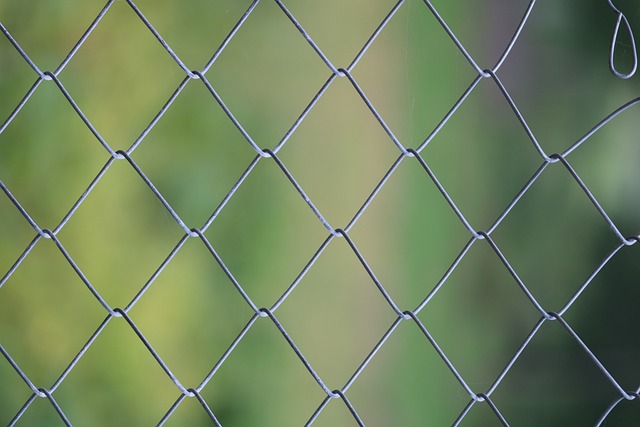In coastal regions, where harsh weather conditions and salty air pose unique challenges, selecting the right fencing material is paramount. This article explores durable wooden fencing as a robust solution for your coastal property. We delve into the specific challenges of coastal fencing, highlighting the benefits of wood as a sustainable and aesthetically pleasing option. By understanding the key considerations, from choosing the ideal wood species to installation and maintenance tips, you’ll be equipped to enhance your outdoor space with long-lasting, weather-resistant fencing.
- Understanding Coastal Fencing Challenges
- Benefits of Durable Wooden Fencing
- Choosing the Right Wood Species
- Installation and Maintenance Tips
Understanding Coastal Fencing Challenges
Coastal areas present unique challenges when it comes to fencing due to harsh weather conditions, including high winds, salt air, and regular exposure to moisture. Traditional fencing materials may not withstand these elements, leading to frequent repairs or replacements. The primary concern is selecting a durable material that can resist corrosion and degradation caused by the salty ocean breeze and frequent rainfall.
Wooden fencing, when treated appropriately, offers an excellent solution for coastal environments. Choosing the right type of wood, such as cedar or treated timber, is crucial to ensuring longevity. These woods naturally resist rot and insects, reducing maintenance needs. Additionally, proper sealing and regular maintenance can further extend the life of wooden fences in coastal settings.
Benefits of Durable Wooden Fencing
Durable wooden fencing offers a range of benefits for coastal areas, where traditional materials might struggle to withstand harsh conditions. First, wood is an attractive and natural material that can enhance the aesthetic appeal of any property, providing a warm and welcoming feel despite its durability. Unlike metal or vinyl alternatives, wooden fences blend seamlessly with the surrounding environment, adding a touch of charm and character.
Secondly, durable woods used in fencing are highly resistant to corrosion from salty sea air, which is a common issue for coastal properties. These types of wood, such as treated cedar or redwood, have natural preservatives that protect them from decay and insect damage, ensuring the fence remains strong and stable for years. This longevity not only saves homeowners from frequent replacements but also minimizes construction waste, making it an eco-friendly choice.
Choosing the Right Wood Species
When selecting wood for coastal fencing, understanding the unique challenges posed by salt air and moisture is paramount. Not all woods are created equal in this regard, so choosing the right species is crucial. Hardwoods like cedar and redwood are popular choices due to their natural resistance to decay and insect infestation. These woods have high oil and resin content, which acts as a barrier against water absorption and makes them less susceptible to the harsh coastal environment.
Additionally, looking for wood with a higher Janka hardness rating can provide extra durability. Species such as white cedar, western red cedar, and Australian cypress offer excellent performance in coastal settings, ensuring your fencing remains strong and vibrant for years to come.
Installation and Maintenance Tips
When installing wooden fencing in coastal areas, it’s crucial to ensure proper drainage to prevent water damage. Digging shallow trenches and using a waterproof membrane can help shield the fence from constant moisture. Regular cleaning with mild soap and water is essential to remove salt buildup, which can weaken the wood over time.
Maintenance should include periodic painting or sealing to protect against weather conditions. Inspecting the fence for any signs of rot, cracks, or damage and repairing them promptly will ensure longevity. Consider using pressure-treated wood varieties specifically designed for outdoor use and exposure to elements for added durability.
